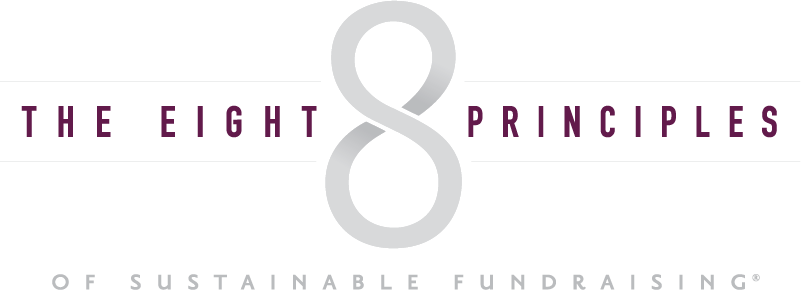
Most of us talk way too much.
It’s an occupational hazard.
I’ve had the privilege of working with many well-motivated donor/investors while I was representing the causes and organizations, they held dear.
Once such individual was a man of national, “name brand” prominence. I grew up seeing this man on television.
Now, I was invited to join this individual and his wife for dinner. He picked me up at my hotel and drove me to the restaurant where we met his wife.
I can tell you he was no less imposing in person than on television. More so.
He knew I was there representing his favorite organization.
However, I wanted to learn what made this man “tick.” I wanted to truly get to KNOW him. I remember quite clearly his reaction when, during dinner, I asked him about a career choice he had made early in his life as it seemed quite counterintuitive.
Immediately he warmed to me for asking such a personal, thought-provoking question. I knew I was on solid ground when his wife responded, “I want to hear the answer to this.”
My question and his answer bonded us immediately. That I was interested in HIM as a person, not his fame, nor his money opened the door to friendship—and vulnerability. The fact that his wife didn’t know the answer, speaks to that.
From that fateful dinner, grew a relationship that yielded a lifelong friendship and investments in a worthy organization an order of magnitude greater than before.
So—back to fundraisers.
Most of us who are in the fundraising profession like to talk. Way too much.
Therein lies the crux of the difficulty.
We’re trained to “move” toward the gift. Preferably as quickly as possible. Make the numbers.
The latest buss term is “priorities forward”. That’s organizational priorities, not the investors.
Everyone’s touting “relational fundraising”. Oh yeah, we are in “relationship” but only to a level of general pleasantries and politeness.
Get the gift. Move on.
There are two serious problems with this.
First, it’s patently dishonest. Top-drawer, for-profit wealth managers are better than this. They know that long-term is where the mutual “pay-off” is.
Second, this wham-bam behavior is a major contributor to the evaporating middle in giving. I consider $100k a middle-grade gift. This is especially true for someone who’s capacity is at least an order of magnitude more.
Anyone wonder why trust in nonprofit organizations is declining, especially among younger investors? The “kids”, as I would call them, are onto this shit right away.
And yet it goes on. Under the false belief that there will always be a steady supply of qualified new “donors” to harvest.
Uh huh. Anyone look at the demographics lately?
Courses and webinars reinforce this at every turn. They give fundraisers the right “tips”, “techniques”, even “tricks” that will deliver the gift. The gift that the fundraisers are seeking.
But what if we took a different approach? One designed to truly understand the investor who has graciously taken our meeting.
First listen. Carefully, soberly, and hard.
And when we talk, ask questions designed to understand. Not to advance our agenda.
Seek to understand what’s underneath. To explore.
So, what’s the upside to this? What does it really deliver?
Trust at the highest levels. Investments that redefine what the philanthropist gives. Both in amount and character. Again, and again.
An investment that binds the organization and the investor in a symbiotic bond that can, and often does, last for decades. A series of ever more significant investments—both in monetary value and in their positive effect upon the lives of others.
This is what philanthropy is, isn’t it? Loving other people.



